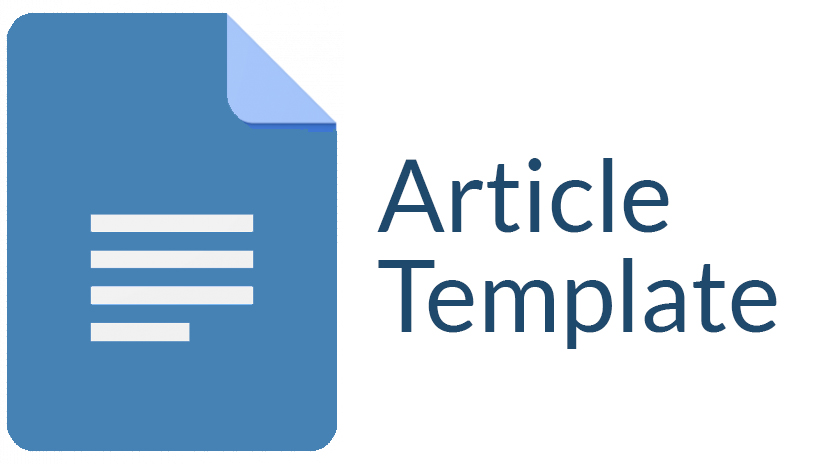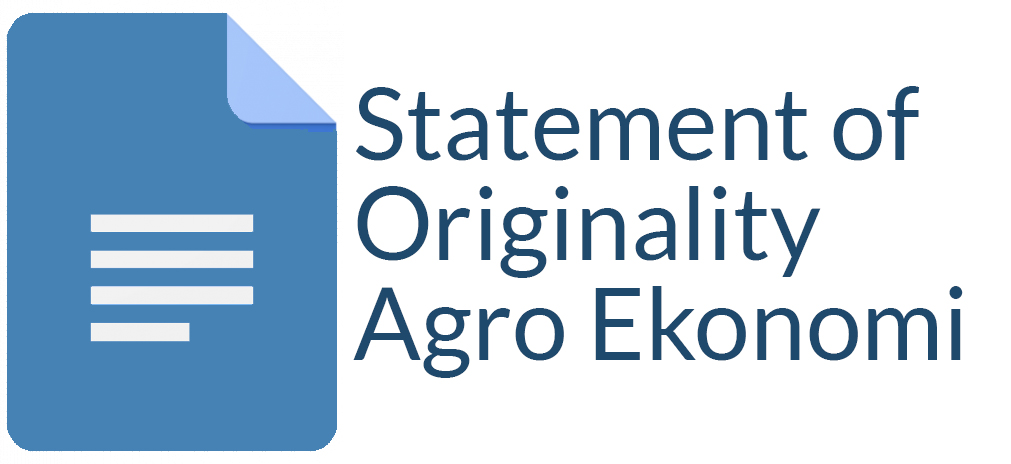Community Perception of Biogas Production from Cacao Waste
Bernardia Vitri Arumsari(1*), Arini Wahyu Utami(2), Mohd Razif Harun(3)
(1) Department of Agricultural Socio-Economics, Universitas Gadjah Mada
(2) Department of Agricultural Socio-Economics, Universitas Gadjah Mada
(3) Department of Chemical and Environmental Engineering, Universiti Putra Malaysia
(*) Corresponding Author
Abstract
Indonesia can use bioenergy to meet its renewable energy consumption target. Community perception must be known when designing communication strategies or policies regarding biogas as a renewable energy source. This study aims to 1) evaluate the knowledge, attitude, behavior, and overall perception of the Gambiran Hamlet, Gunungkidul, Yogyakarta, Indonesia residents on biogas from cacao waste, and 2) investigate the factors affecting the perception of the Gambiran Hamlet residents on biogas. Socio-economic data were collected by doing surveys and observation. One sample t-test was conducted to determine the perception of the Gambiran Hamlet community towards biogas made from cacao waste. Moreover, logistic regression was used to determine the factors affecting the perception of biogas. Most of the residents can define biogas properly. Moreover, the residents' attitude and behavior were positive regarding relative advantage, compatibility, complexity, and observability components. Gambiran Hamlet residents’ perception of biogas from cacao waste is positive. Furthermore, the higher the educational attainment and being male, the greater the chance of a positive perception of biogas. However, household size, age, and income are statistically insignificant. Furthermore, socialization, training, and mentoring are needed for biogas installation. This research successfully provides fresh insights into residents' perception of biogas from cacao waste and uncovers key factors, like gender and education, influencing their perception, offering valuable guidance for targeted policy and communication strategies.
Keywords
Full Text:
PDFReferences
Abugri, S. A. (2020). A Study on Farmers ’ Perception and Preference in Subscribing to Drought-Index Crop Insurance in the Northern Region of Ghana. Regional Economic Development Research, 1(2), 63–76. https://doi.org/https://doi.org/10.37256/redr.122020494
Asfew, M., Bakala, F., & Fite, Y. (2023). Adoption of Soil and Water Conservation Measures and Smallholder Farmers ’ Perception in The Bench-Sheko Zone of Southwest Ethiopia. Journal of Agriculture and Food Research, 11(September 2022), 100512. https://doi.org/10.1016/j.jafr.2023.100512
Bamikole, A., & Adebowale, A. (2023). Socioeconomic Effects of Oyo State Government COVID-19 Palliatives on Tomato Smallholder Farmers. Internatonal Journal of Agriculture and Veterinary Sciences, 5(4), 52–63.
Cholidi, M., Waluyati, L. R., & Mada, G. (2020). Effect of Motivation and Perception of Farmers Response to Sugar Cane Management Consolidation Program Plan. Agro Ekonomi, 31(1). https://doi.org/http://doi.org/10.22146/ae.56150
Cobo-angel, C., & Gohar, B. (2022). Values and Risk Perception Shape Canadian Dairy Farmers ’ Attitudes toward Prudent Use of Antimicrobials. Antibiotics. https://doi.org/https://doi.org/10.3390/antibiotics11050550
Damodar, J., & Nibal, D. (2020). Farmers ’ Perception on Climate Change and its Measurement. Disaster Advances, 13(9), 59–66.
Ganesh, S., & Cave, V. (2018). P-values, P-values Everywhere! New Zealand Veterinary Journal, 66(2), 55–56. https://doi.org/10.1080/00480169.2018.1415604
Islam, A. R., & Hossein, M. S. (2014). Livestock Farmers’ Knowledge, Perceptions, and Attitudes Toward Biogas Plant in Bangladesh. International Journal of Renewable Energy Research, 4(1), 77–82. https://doi.org/10.20508/ijrer.02884
Kiwelu, L., Damas, P., & Mpenda, Z. (2021). Factors Influencing Adoption of Improved Coffee Varieties Among Smallholder Farmers in Mbinga and Mbozi Districts. International Journal of Agricultural Economics, 6(1), 21–32. https://doi.org/10.11648/j.ijae.20210601.13
Mienur, M., Afrin, M., Islam, T., & Ali, M. (2021). Poultry Farming and Farmers Perception Towards The Farming Condition During COVID-19 Pandemic in Bangladesh. Journal of Agriculture and Food Research, 6, 100239. https://doi.org/10.1016/j.jafr.2021.100239
Nimoh, F., Prah, S., & Boansi, K. (2022). Consumers ’ Perception and Willingness to Pay for Cassava Leaves as a Leafy Vegetable in the Ejisu - Juaben Municipality , Ghana. Agro Ekonomi, 33(1).
Patria, A. M., Mulyo, J. H., & Mada, G. (2022). Farmers ’ Perception Of The Implementation Of Farmer Cards Policy In Klaten Regency. Agro Ekonomi, 33(1).
Pullaila, A., Amrullah, R., Astuti, Y., & Ishida, A. (2018). Factors Affecting Paddy Farmers Perception of Utilizing Agricultural Machines in Indonesia. Journal of Agricultural Extension and Rural Development, 10(8), 150–157. https://doi.org/10.5897/jaerd2018.0963
Rogers, E. M. (2010). Diffusion of Innovations. Simon and Schuster.
Rondhi, M., Suwandari, A., & Lahitani, K. S. (2021). Asymmetric Information , Transaction Costs , and Farmer Decision to Participate in Tobacco Voor-Oogst Kasturi Contract Farming. Agro Ekonomi, 32(2).
Sarker, S. A., Wang, S., Adnan, K. M. M., & Sattar, M. N. (2020). Economic Feasibility and Determinants of Biogas Technology Adoption: Evidence from Bangladesh. Renewable and Sustainable Energy Reviews, 123, 109766. https://doi.org/10.1016/j.rser.2020.109766
Silveira, S., Harahap, F., & Khatiwada, D. (2018). No Title. In Sustainable Bioenergy Development in Indonesia-Summary for Policy Makers.
Spellman, F. R. (2016). The Science of Renewable Energy. In The Science of Renewable Energy. CRC Press. https://doi.org/10.1201/b21643
Tabatabaei, M., & Ghanavati, H. (Eds.). (2018). Biogas (Vol. 6, Issue October). Springer International Publishing. https://doi.org/10.1007/978-3-319-77335-3
Taylor, R., Devisscher, T., Silaenb, M., Yuwono, Y., & Ismail, C. (2019). Risks, Barriers and Responses to Indonesia’s Biogas Development. Stockholm Environment Institute.
Walekhwa, P. N., Mugisha, J., & Drake, L. (2009). Biogas Energy from Family-Sized Digesters in Uganda: Critical factors and policy implications. Energy Policy, 37(7), 2754–2762. https://doi.org/10.1016/j.enpol.2009.03.018
Article Metrics
Refbacks
- There are currently no refbacks.
Copyright (c) 2024 Agro Ekonomi

This work is licensed under a Creative Commons Attribution-ShareAlike 4.0 International License.
View My Stats











